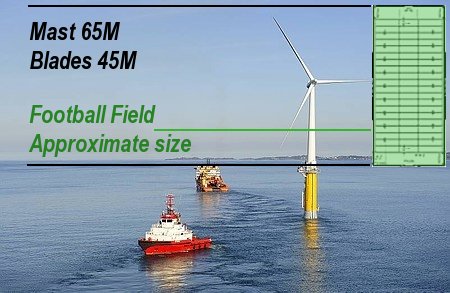Tuesday, May 4, 2010, 12:20 PM
Posted by Administrator
Posted by Administrator

As I'm sure you are aware, most of our roads, fuel, energy and plastics come from crude oil sources. You have probably also heard that there is a finite amount of oil on the planet and other groups claiming that new oil is forming naturally as well. Lets take a minute to get it straight. If part 2 of that statement is true, then part one is false. However, we need to consider the types of oil. The crude oil we are talking about in part one took millions of years to form. Part 2 of the statement is true except that it will take millions of years before that oil is ready for consumption and at the current rate, we have not seeded enough to get us through one day of our current use.
With this in mind, we will discount part two and say with some certainty, there is a finite amount of crude oil on the planet. Knowing this allows us to understand peak oil. Peak oil is theoretically the moment we have used exactly half of all the oil available on the planet. Because the amount can not be calculated with accuracy down to a moment, it is estimated by taking in to account all that we know about our oil sources and allowing a margin for error. Even with a margin for error, it is entirely possible that we have passed the "peak" moment sometime in 2008.
This means several things, first that energy from fossil fuels will go up in price, second the energy source is running out and third we need to focus on renewable energy now. Fossil fuels hurt the environment because we use them in such high concentration compared to the millions of years it took for them to form. With renewables, we benefit from a cleaner healthier environment and eventually, cheaper fuel sources than we currently have.
Dr. Michael Lardelli from the University of Adelaide looks at how the bulk of the world's oil production comes from a relatively small number of very large fields discovered decades ago. The rate of world oil production has been maintained at current levels only by finding and bringing on line an increasing number of smaller fields, but the financial cost and the energy required to find and develop these new fields is constantly increasing. According to Dr. Lardelli the so-called peak of oil production was actually in 2008.
Read more of Dr. Lardelli's work by following the related link below.
Interesting: Burning one liter of oil releases energy equivalent to 20 days of hard human labor. A fully-tanked jumbo jet contains an energy equivalent to around 13,000 years of human labor.





 Calendar
Calendar




